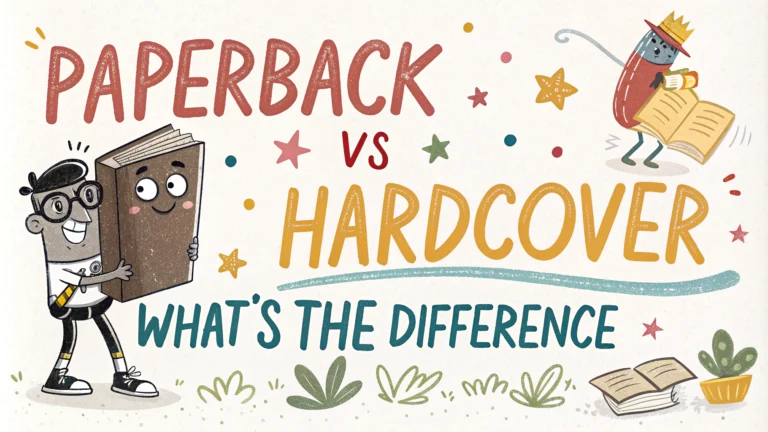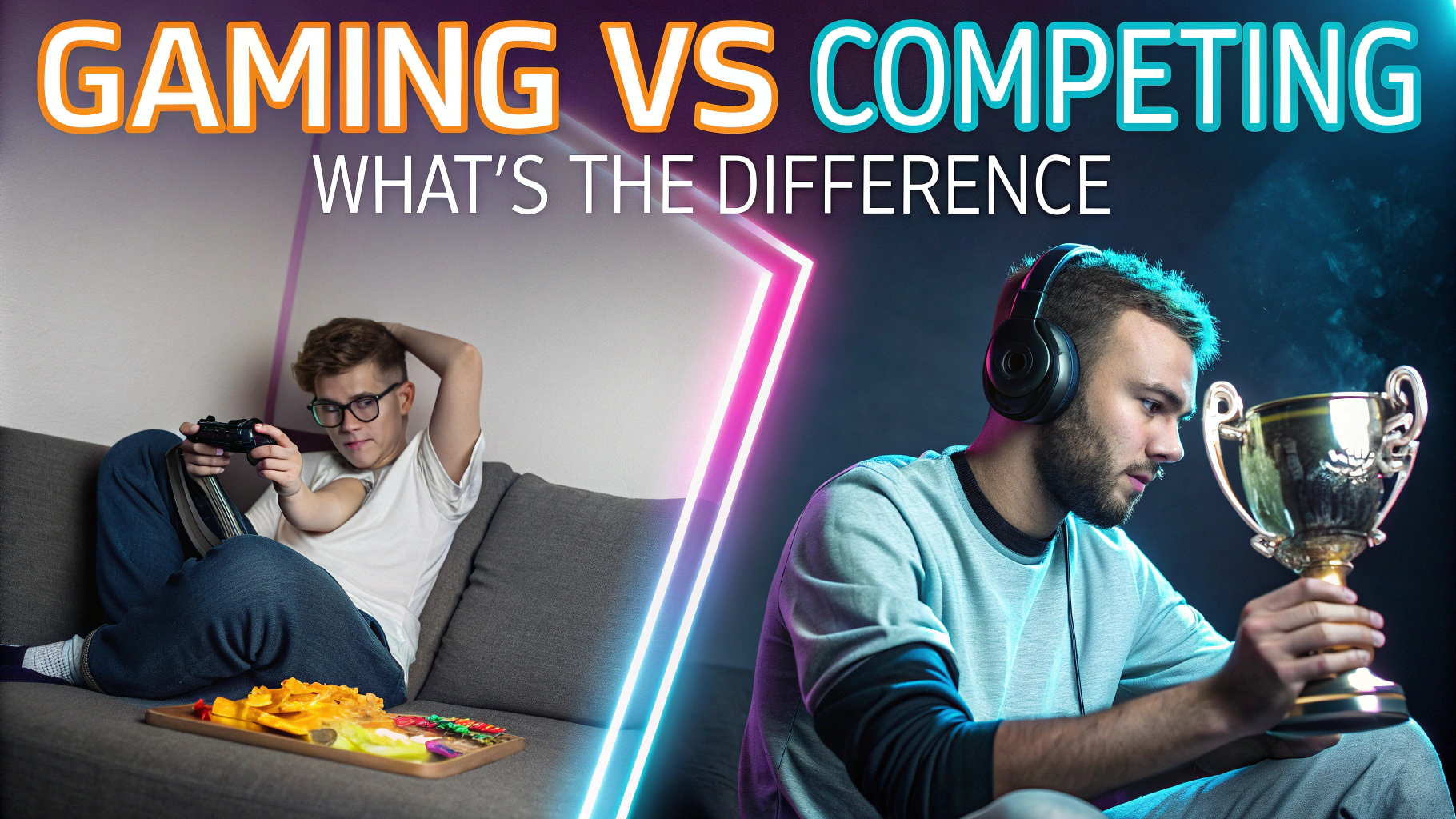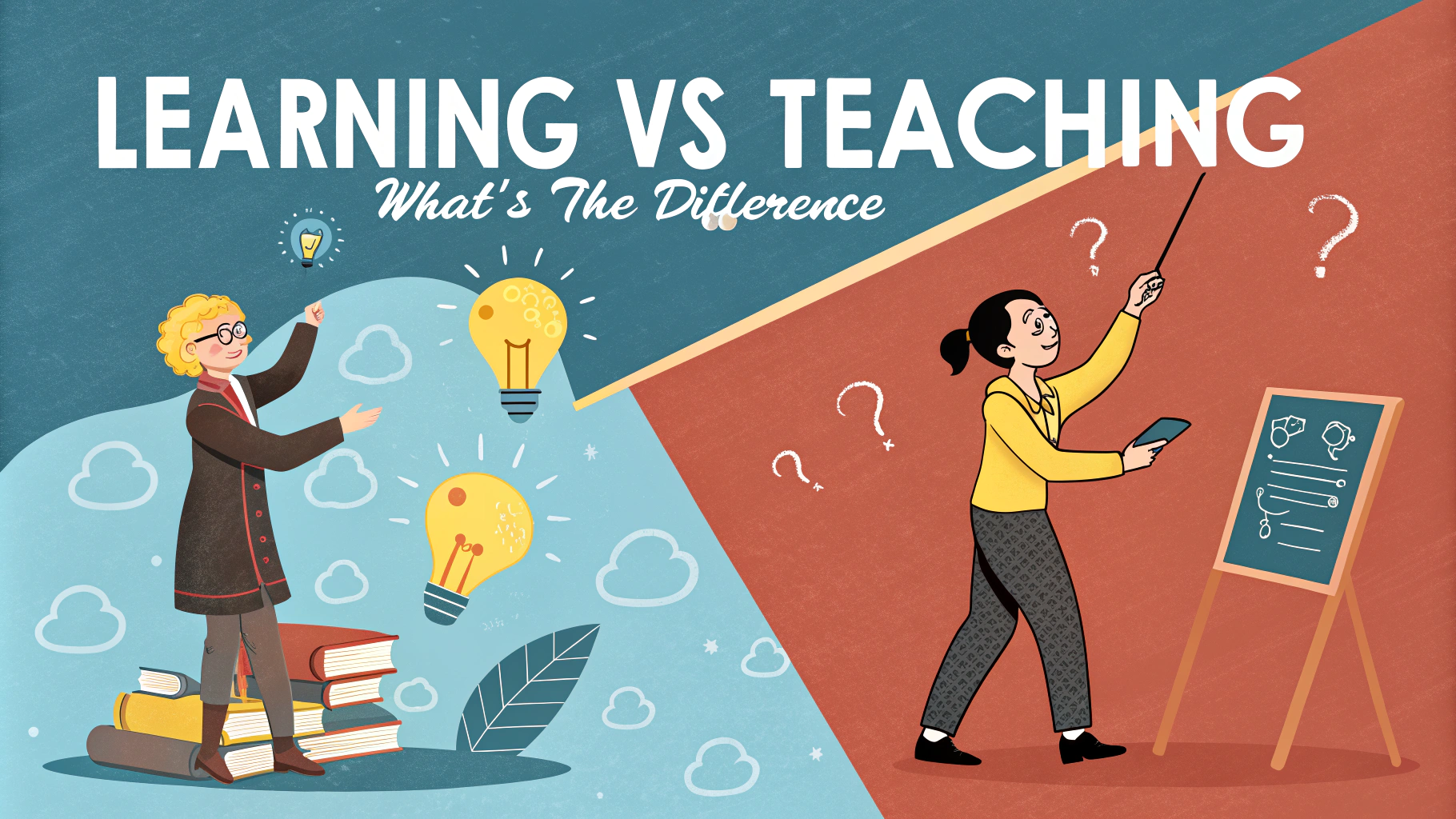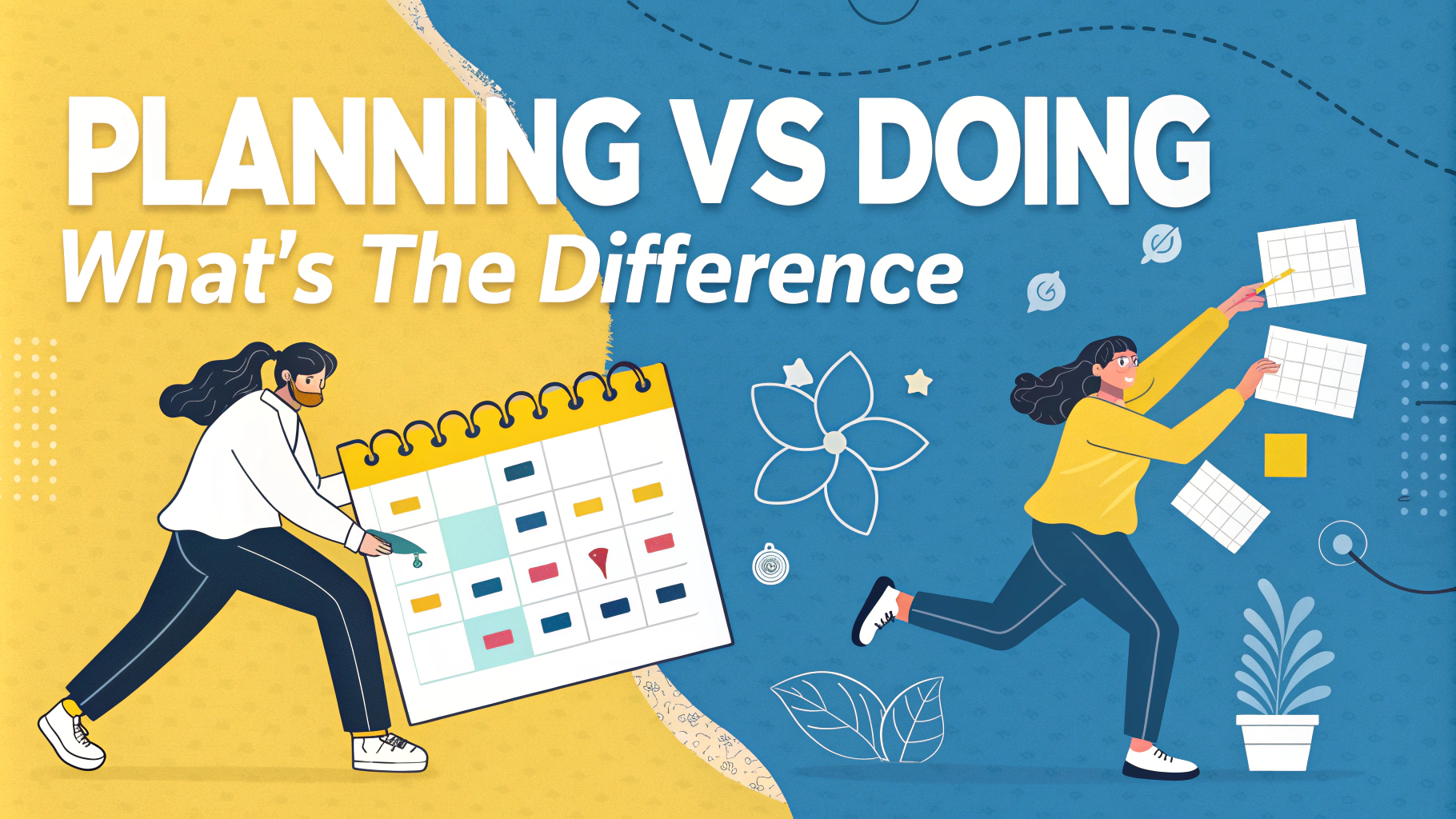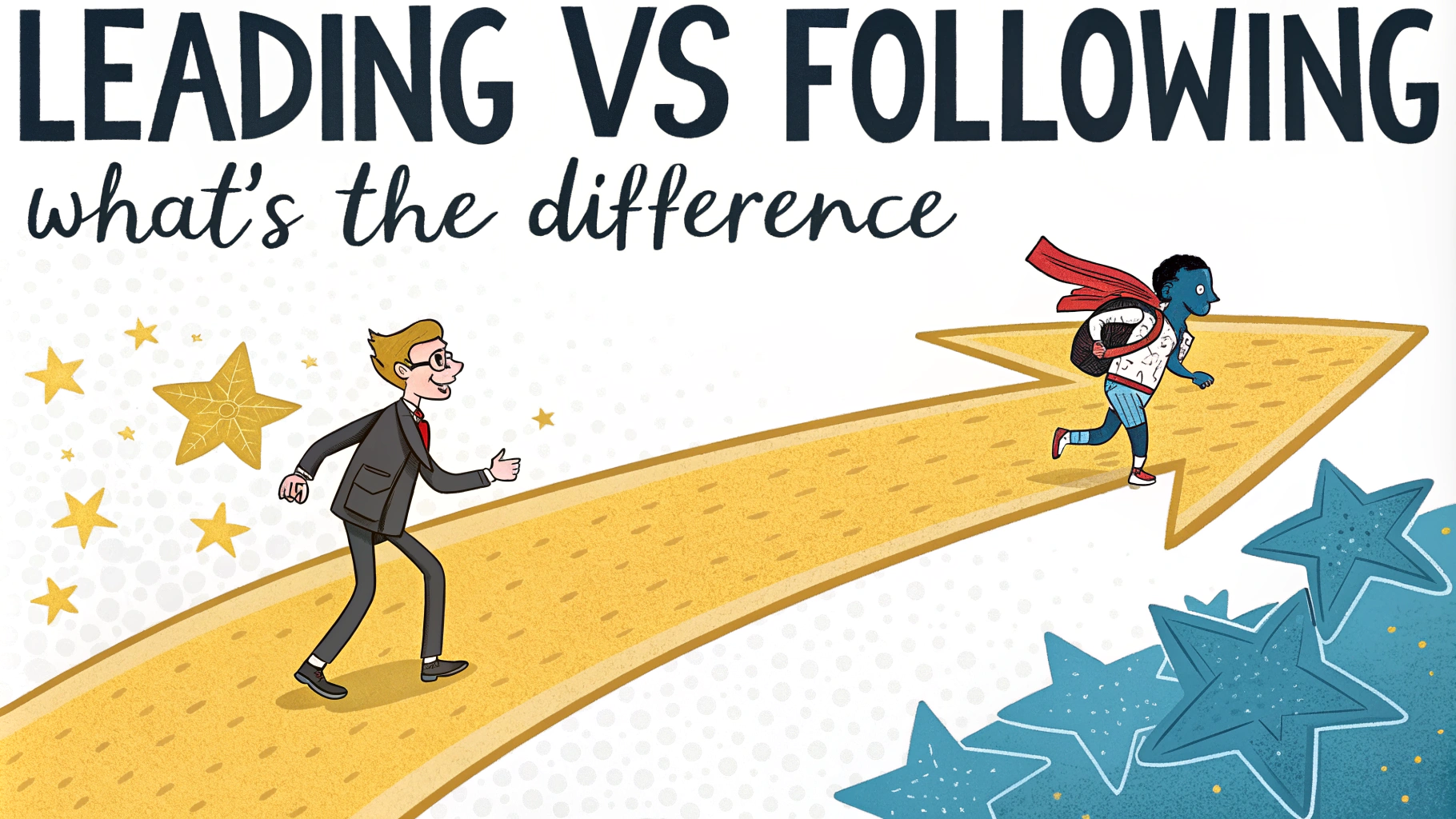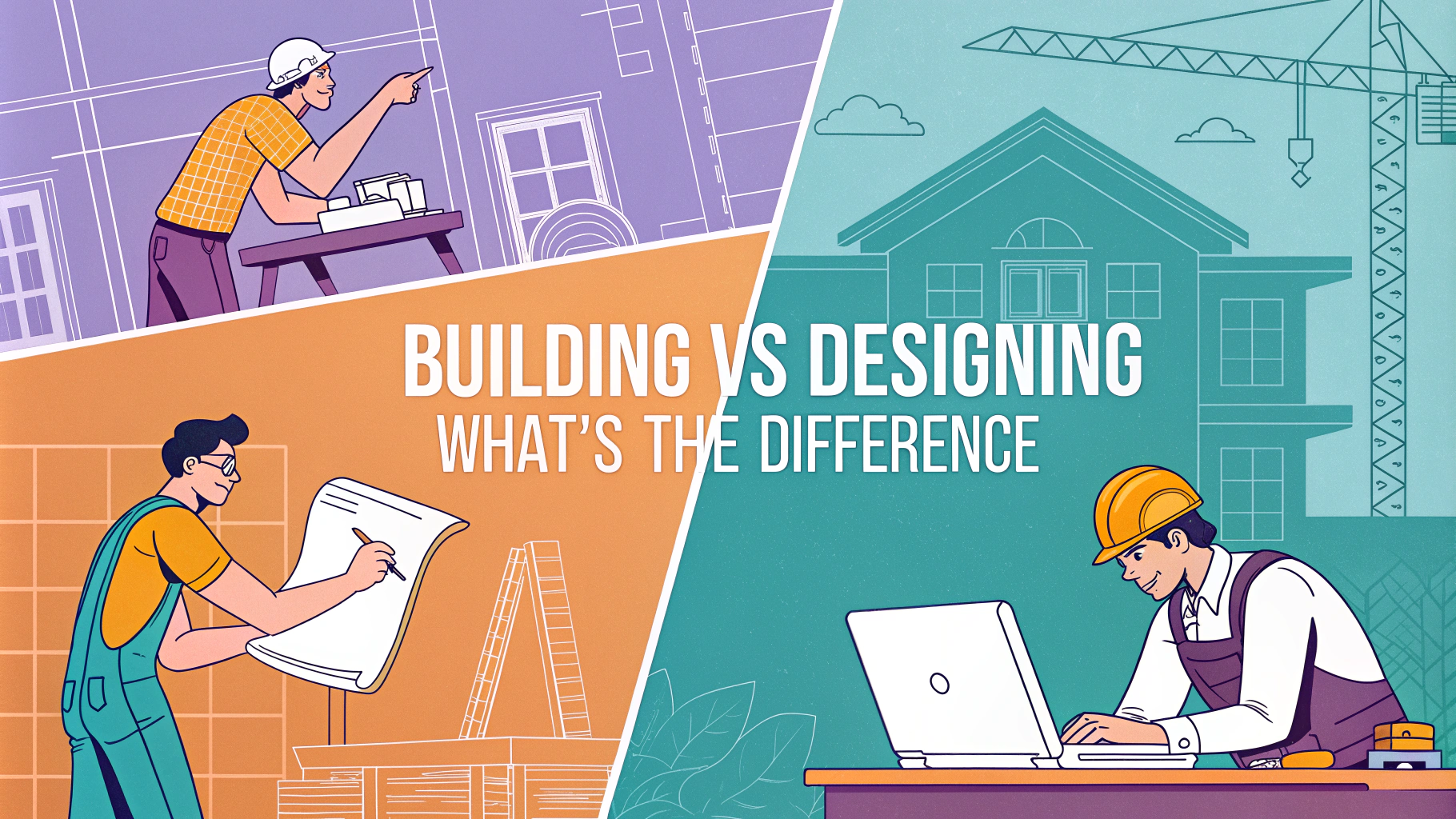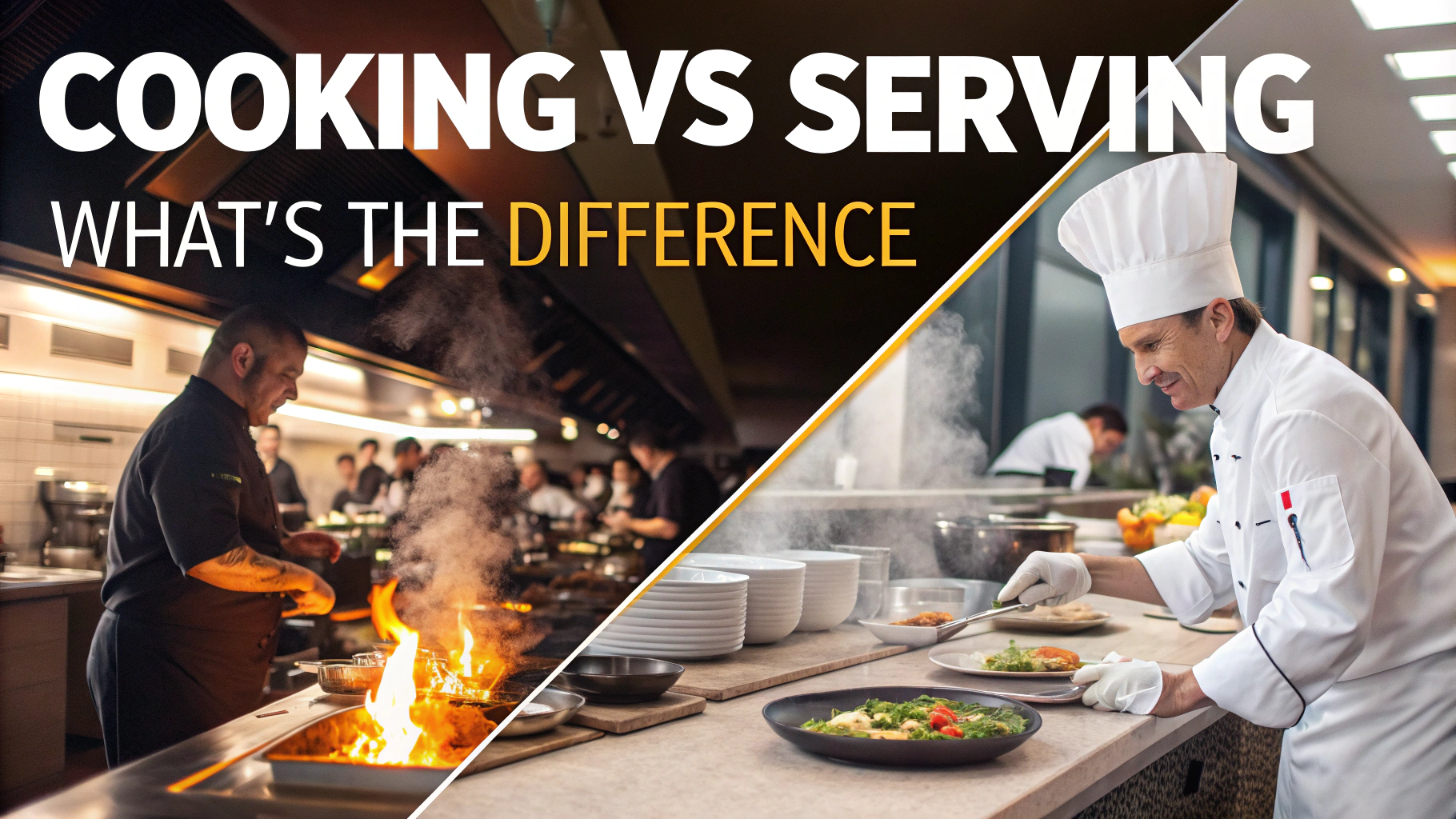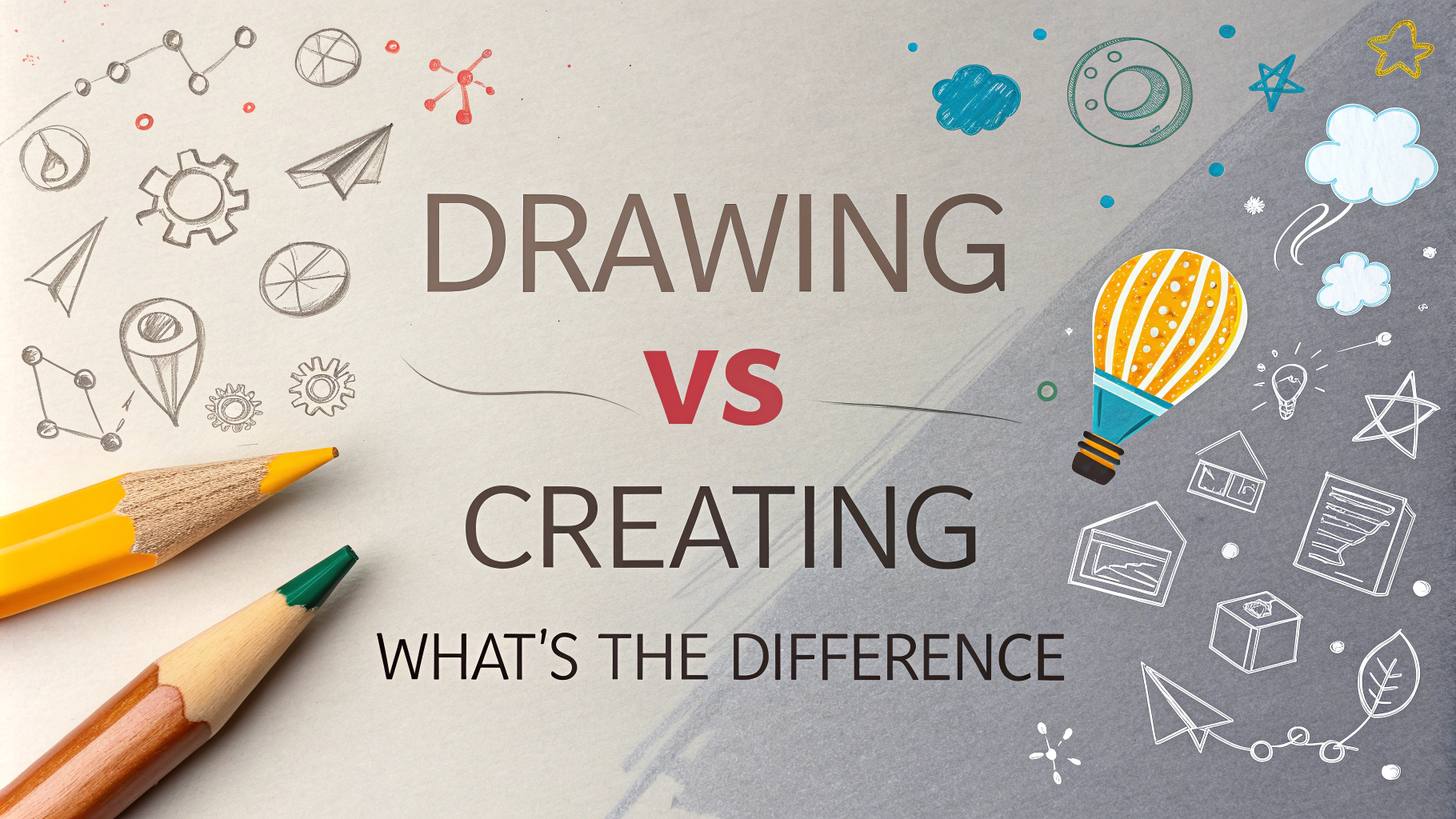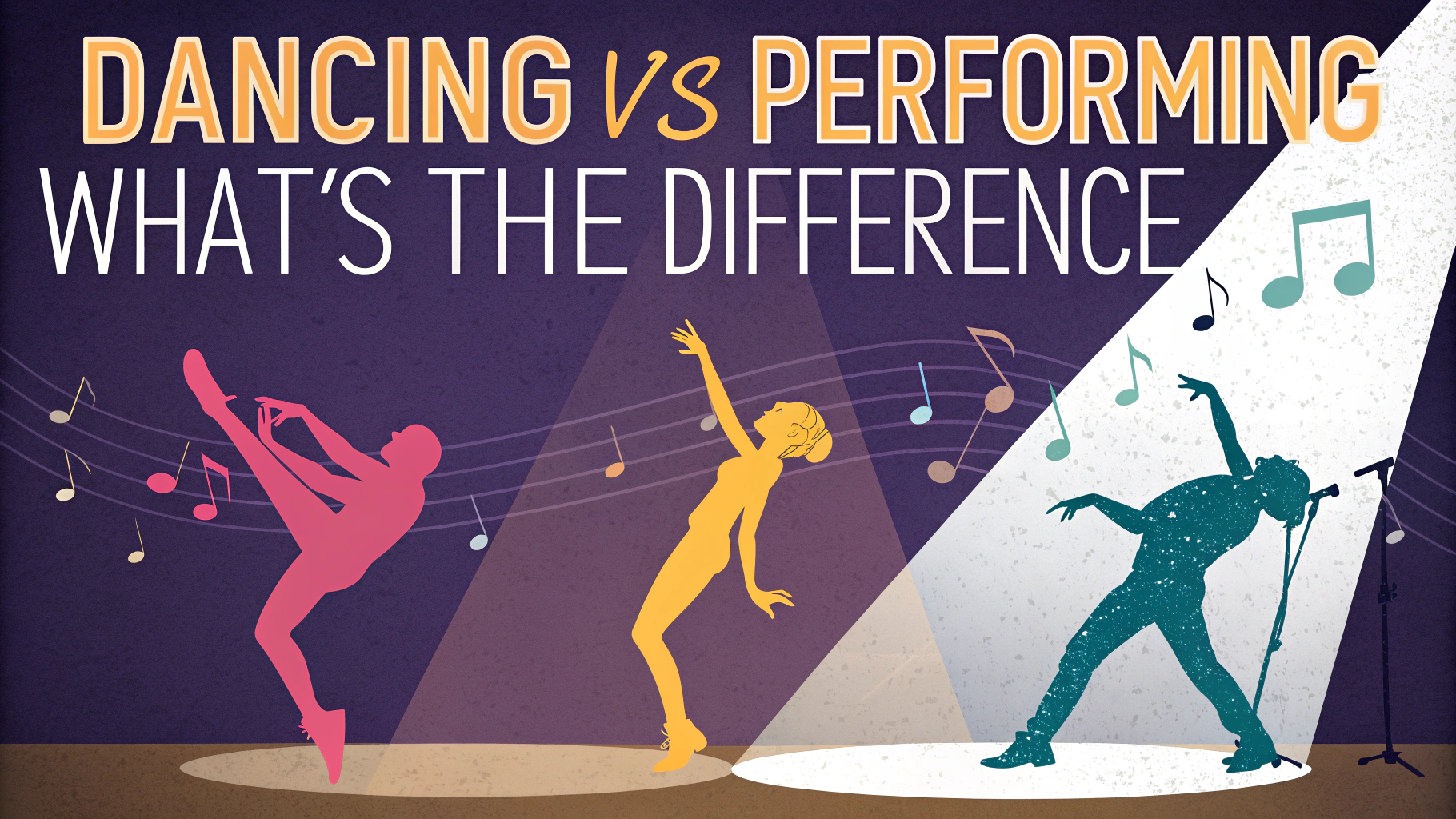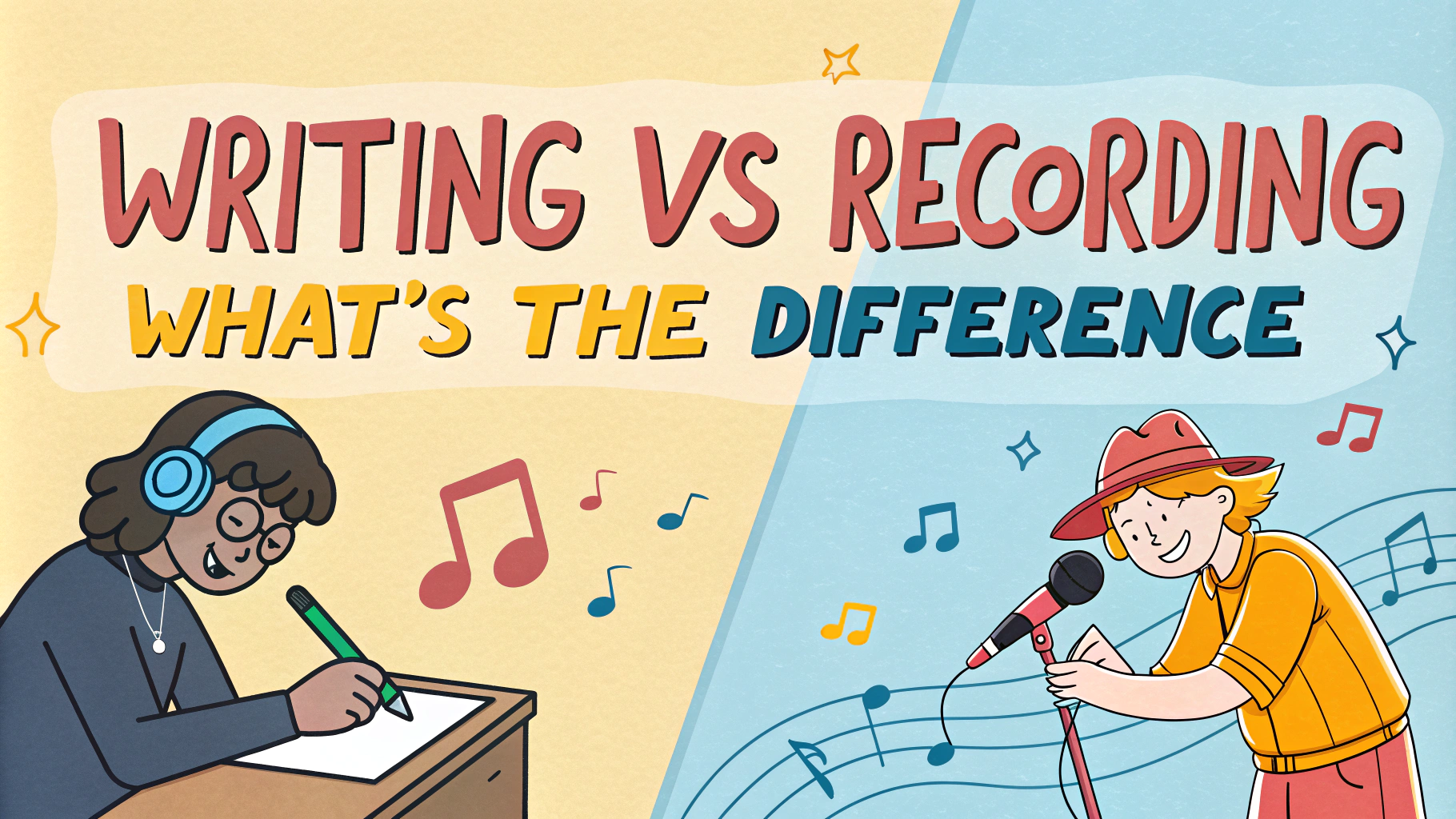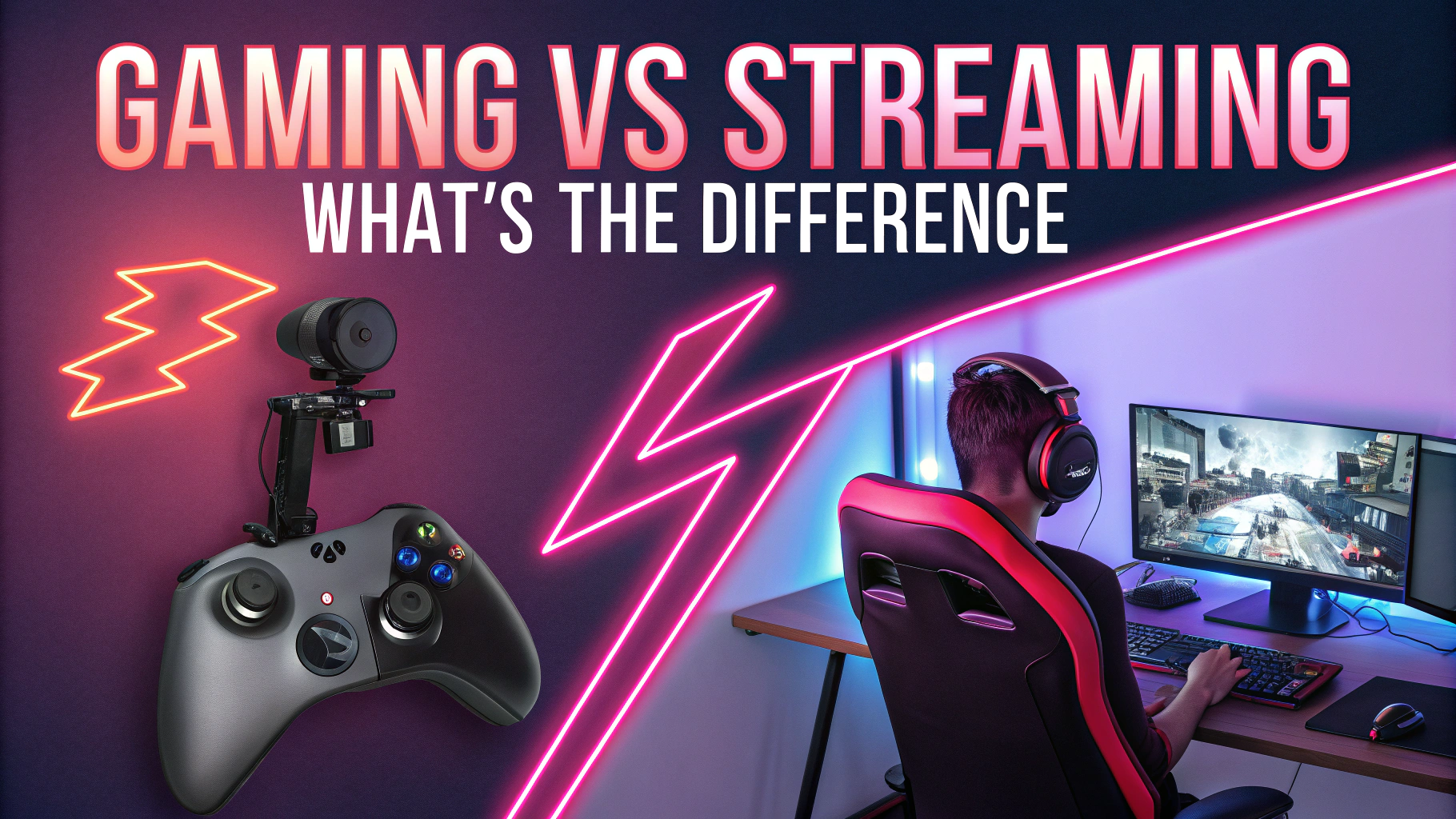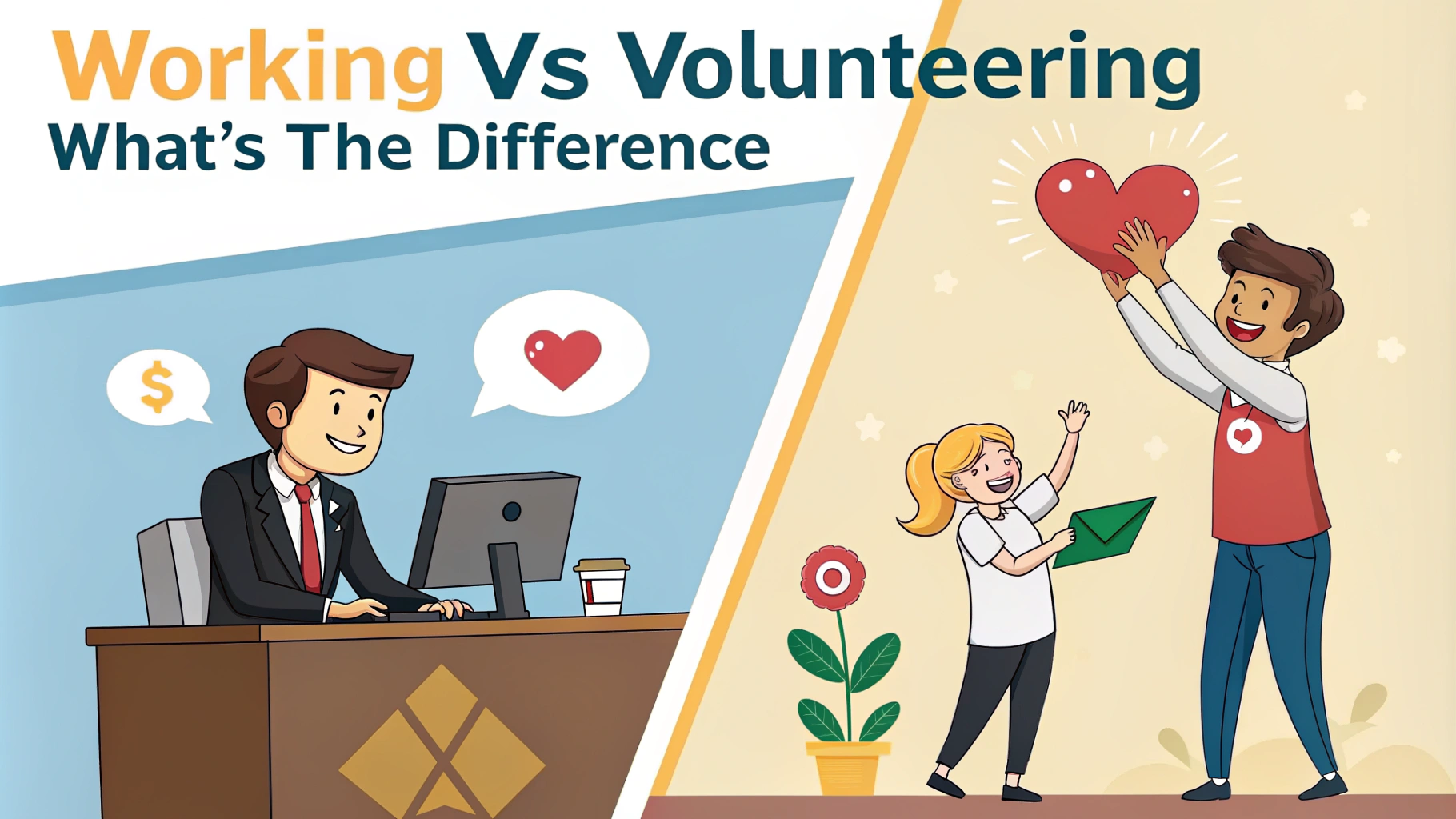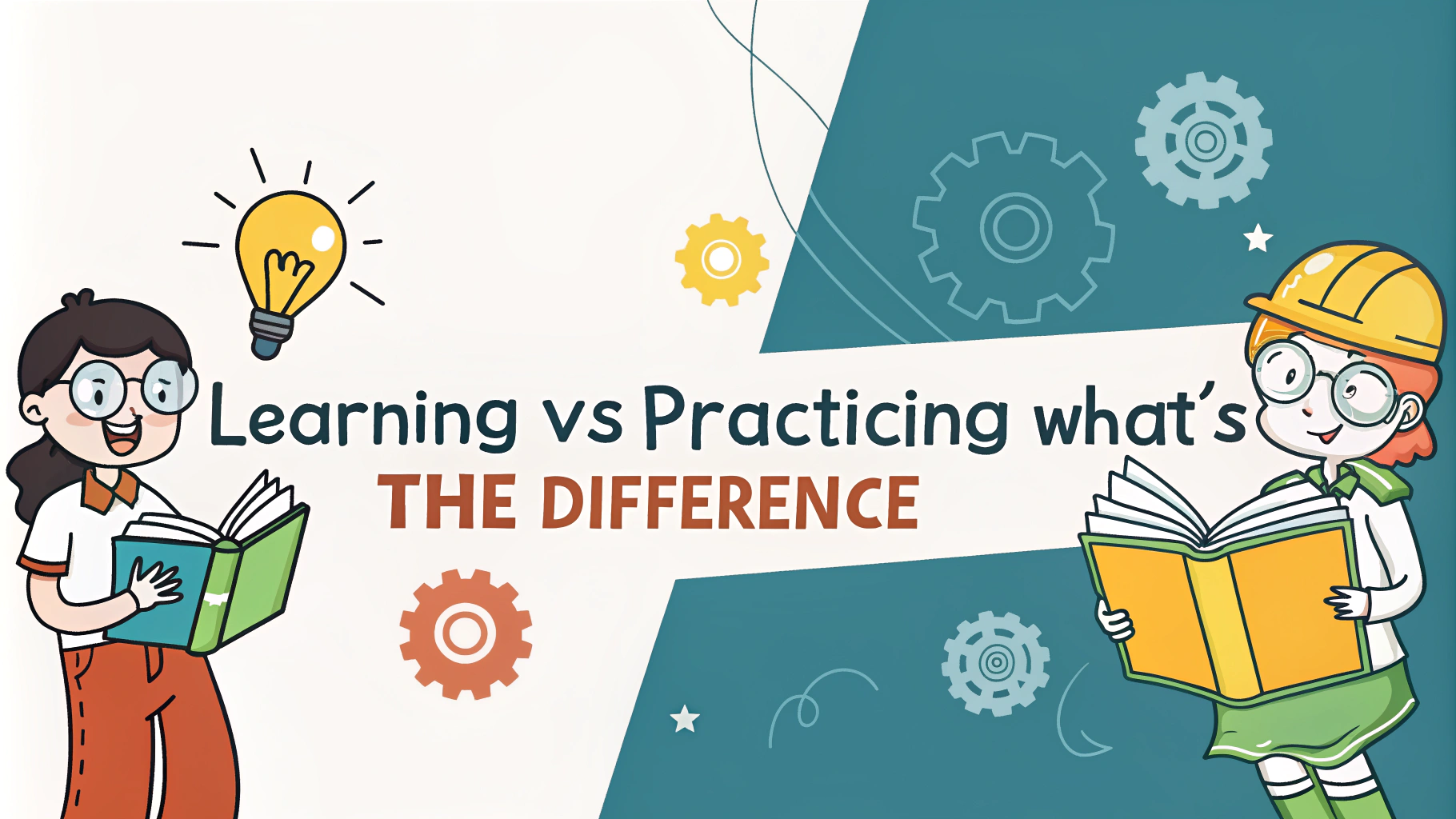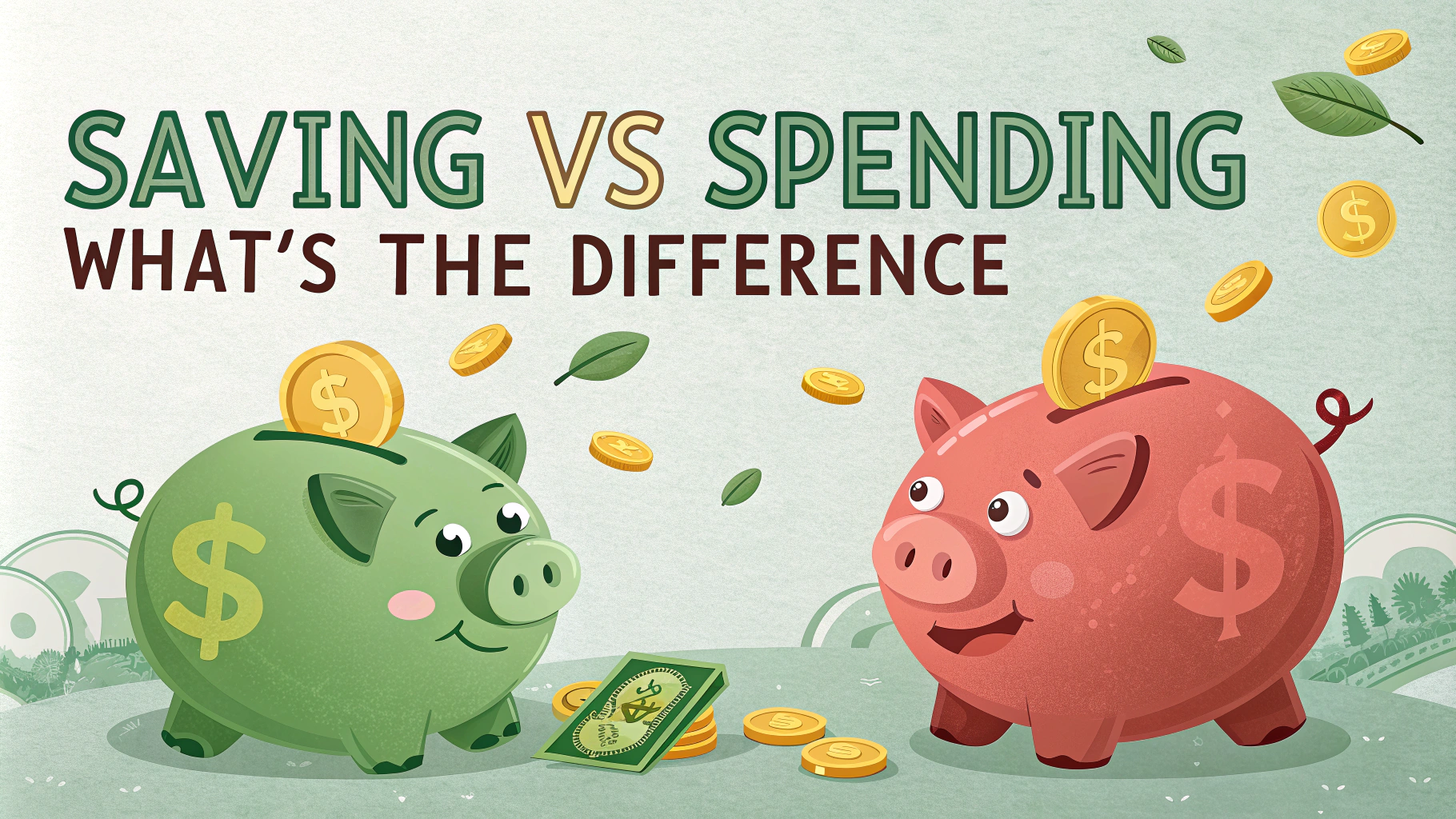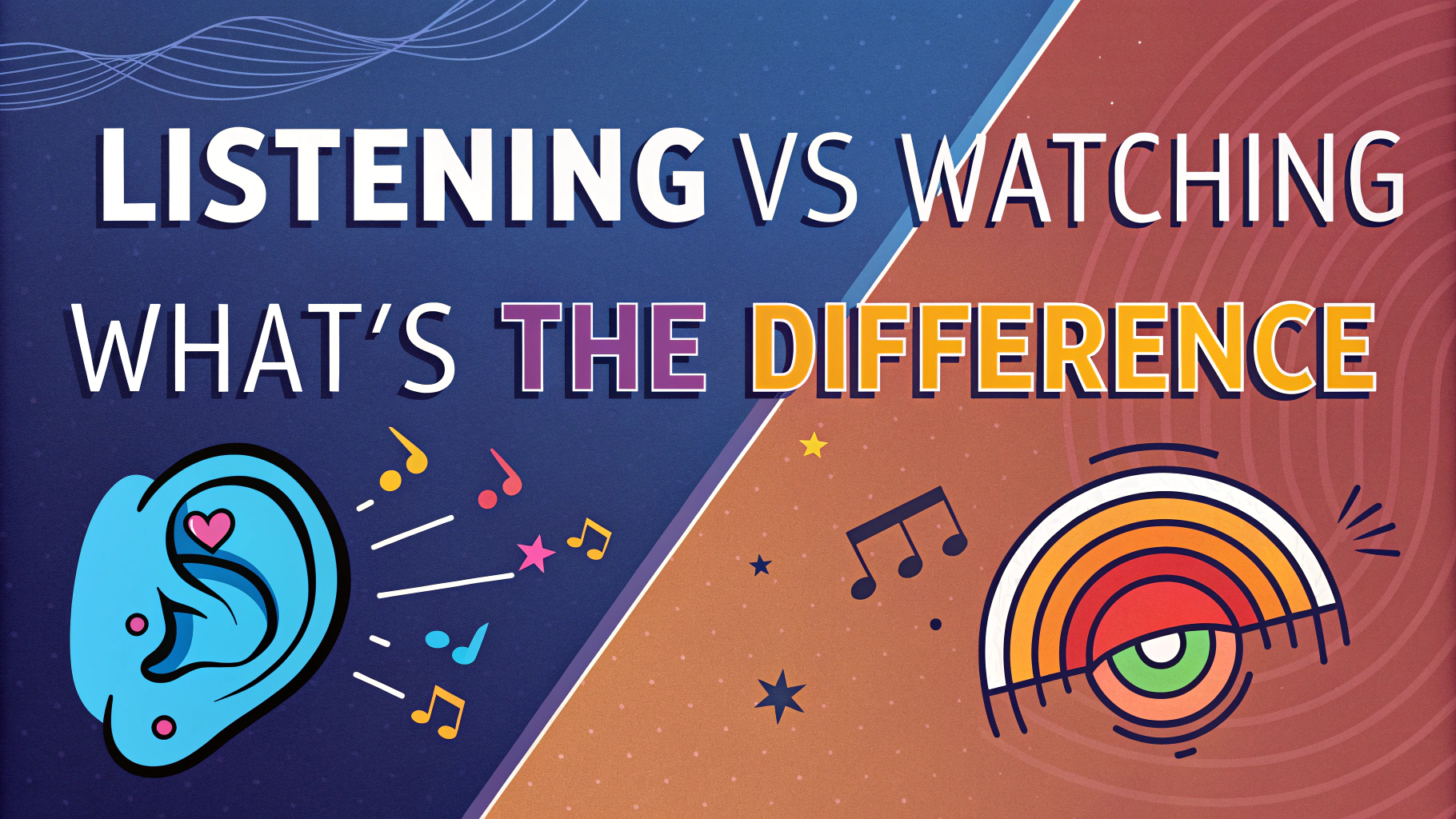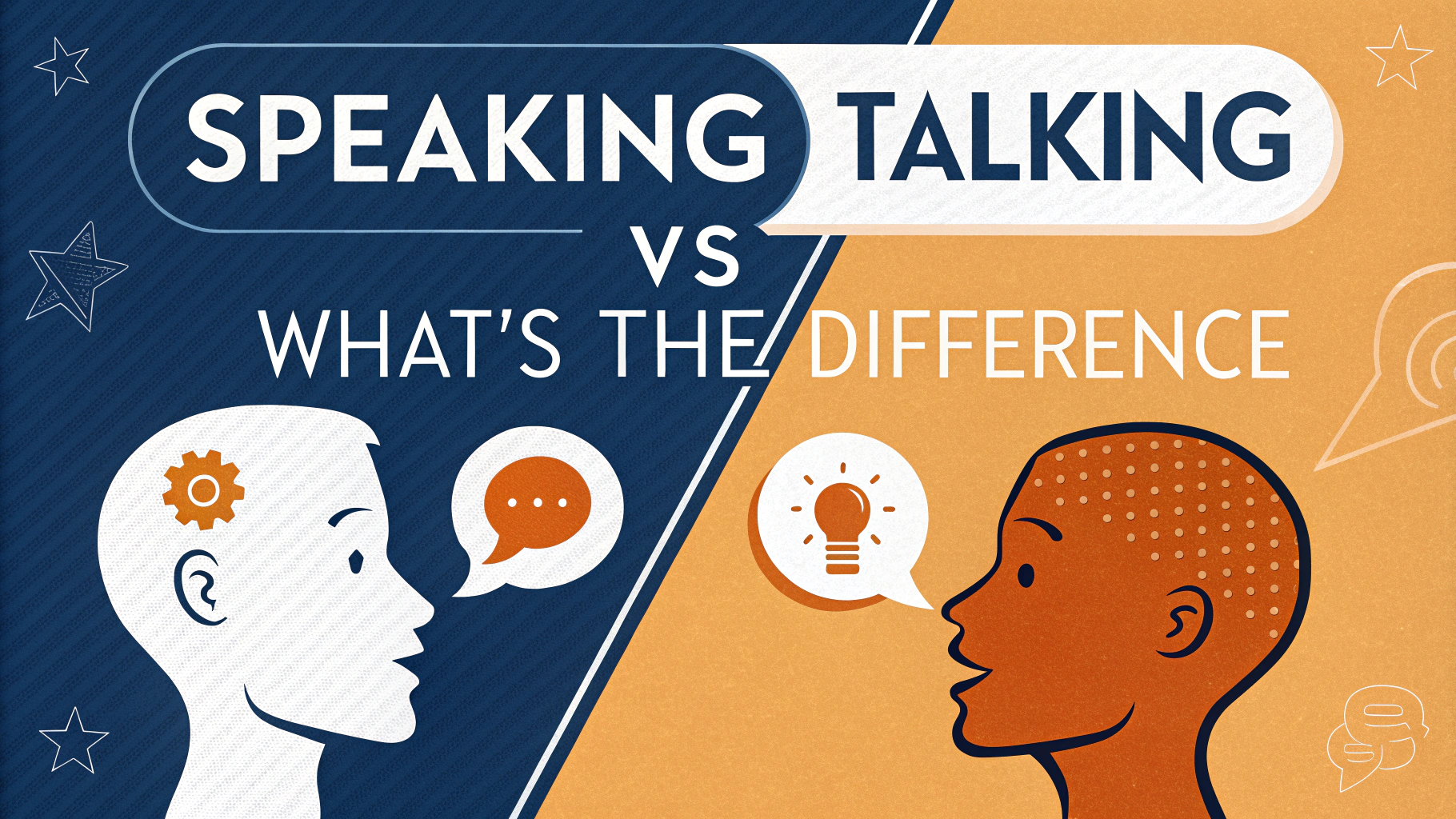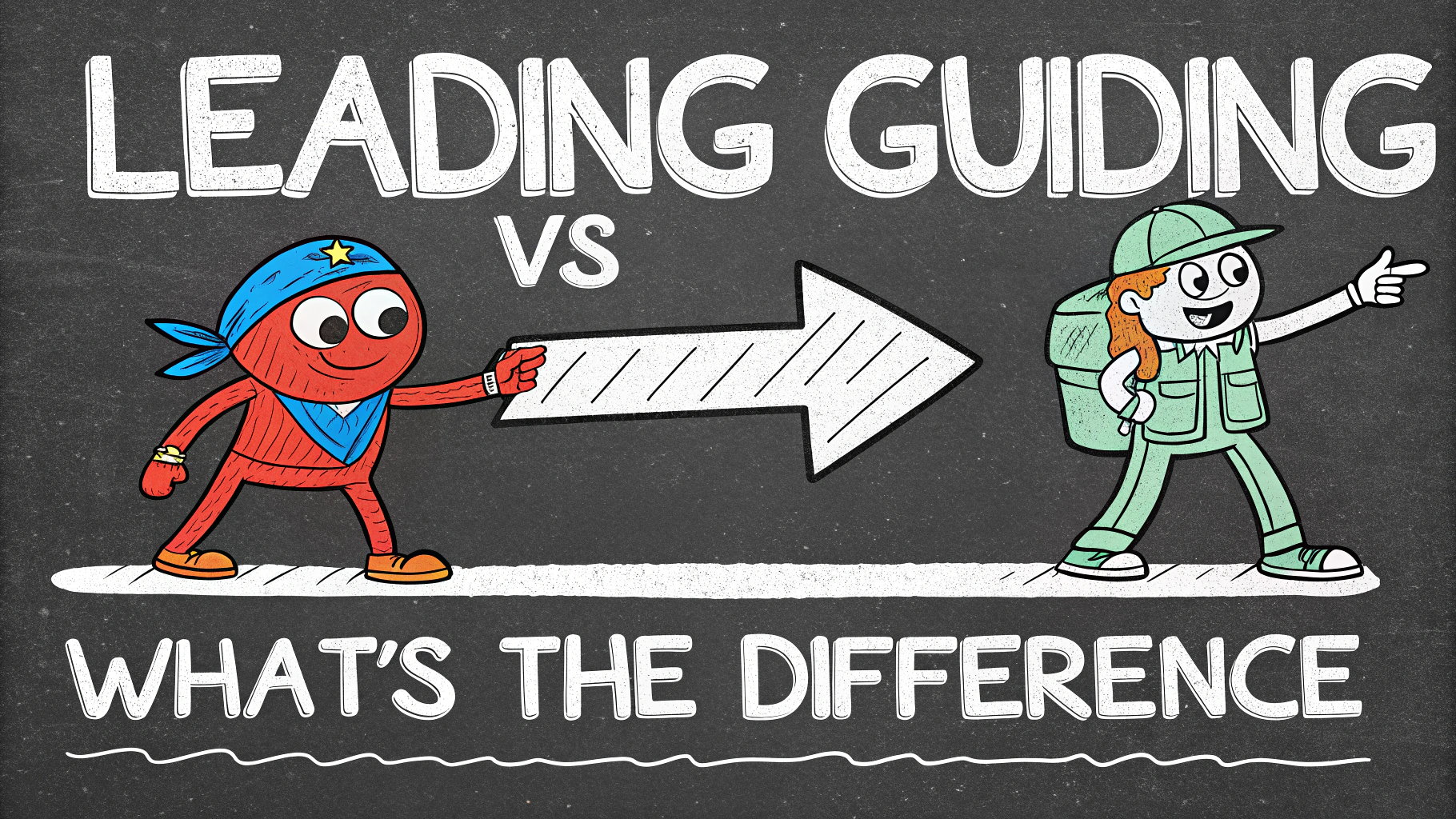Book lovers face a common question: paperback or hardcover? Each format has its unique advantages and drawbacks. This quick guide explores the key differences between paperback and hardcover books, helping you make informed choices for your reading pleasure and book collection.
We’ll compare these two popular book formats across several factors, including durability, cost, portability, and aesthetic appeal. By the end, you’ll have a clear understanding of when to opt for a paperback and when a hardcover might be the better choice.
Durability and Longevity
Hardcovers are built to last. Their rigid covers and sturdy binding protect pages from wear and tear. They’re ideal for:
- Frequently re-read books
- Collector’s editions
- Library collections
Paperbacks are more prone to damage. Their flexible covers and softer paper make them susceptible to:
- Bent corners
- Creased spines
- Torn pages
Cost Considerations
Paperbacks are generally more affordable. Their lower production costs result in:
- Lower retail prices
- More accessible for budget-conscious readers
- Cheaper to replace if damaged
Hardcovers come with a higher price tag. Factors contributing to their cost include:
- Higher-quality materials
- More complex manufacturing process
- Often released before paperback versions
Portability and Convenience
Paperbacks excel in portability. Their lightweight nature makes them:
- Easy to carry in bags or pockets
- Comfortable to hold for extended periods
- Ideal for travel or commuting
Hardcovers can be bulky and heavy. This affects:
- Ease of transportation
- Comfort during long reading sessions
- Storage space requirements
Aesthetic Appeal and Collectibility
Hardcovers often feature superior design elements:
- High-quality cover art
- Dust jackets with additional artwork
- Decorative endpapers
Paperbacks prioritize function over form. However, they can still offer:
- Attractive cover designs
- Special edition covers for popular titles
- Unique formats like mass-market paperbacks
Choosing the Right Format for Different Reading Scenarios
Selecting the ideal book format depends on various factors. Consider these scenarios:
- Beach reading: Opt for paperbacks. They’re less prone to sand damage and easier to replace if accidents occur.
- Commuting: Paperbacks win for their lightweight nature and pocket-friendly size.
- Gifting: Hardcovers often make more impressive presents, especially for special occasions.
- Children’s books: Hardcovers tend to withstand rough handling better, making them ideal for young readers.
Remember, personal preferences play a significant role in format selection. Some readers simply prefer the feel of a hardcover, while others enjoy the flexibility of paperbacks.
Environmental Impact and Sustainability
Book production affects the environment. Consider these points when making eco-conscious choices:
- Paperbacks: Generally use less material, resulting in a smaller carbon footprint.
- Hardcovers: More durable, potentially reducing the need for replacements over time.
- Recycled options: Look for books printed on recycled paper, available in both formats.
Supporting local libraries and second-hand bookstores can help reduce the environmental impact of book production, regardless of format.
Digital Alternatives: E-books and Audiobooks
While this guide focuses on physical books, it’s worth mentioning digital alternatives:
- E-books: Offer convenience, portability, and adjustable text size.
- Audiobooks: Allow for multitasking and provide a different reading experience.
These formats complement traditional books, offering flexibility for various reading situations. Many readers enjoy a mix of physical and digital formats in their reading habits.
Making the Right Choice for Your Reading Needs
When deciding between paperback and hardcover, consider these factors:
- Budget: Paperbacks are more affordable for building a large collection.
- Storage space: Paperbacks take up less room on shelves.
- Reading environment: Choose based on where you’ll be reading most often.
- Book lifespan: Opt for hardcovers for books you’ll keep for years.
Ultimately, the best choice depends on your personal reading habits, budget, and preferences. Many book lovers maintain a mix of both formats in their collections, selecting the most suitable option for each title or reading situation.
Conclusion
Both paperbacks and hardcovers have their place in the world of books. Paperbacks offer affordability and portability, making them great for casual reading and travel. Hardcovers provide durability and aesthetic appeal, ideal for collectors and long-term preservation.
Consider your reading habits, budget, and storage space when choosing between formats. Remember, there’s no one-size-fits-all solution. Embrace the flexibility to switch between paperbacks and hardcovers based on your needs and the specific book in question.
Whether you prefer the crisp pages of a new hardcover or the well-worn feel of a favorite paperback, the most important thing is to keep reading and enjoying the worlds that books open up to us.
FAQs: Paperback vs. Hardcover Books
1. What’s the main difference between paperback and hardcover books?
The primary difference lies in the binding. Hardcovers have a rigid cover made of cardboard covered in cloth, leather, or paper, while paperbacks have a flexible paper cover.
2. Which lasts longer: paperback or hardcover?
Generally, hardcover books are more durable and can withstand more wear and tear compared to paperbacks.
3. Are hardcover books always released before paperbacks?
Typically, yes. Publishers often release hardcover editions first, followed by paperback versions several months later. This strategy is known as windowing.
4. Why are hardcover books more expensive than paperbacks?
Hardcover books are pricier due to:
- Higher production costs
- Better quality materials
- Perceived value and collectibility
5. Do paperback and hardcover books have different page counts?
Sometimes. Paperbacks might have slightly higher page counts due to different paper quality and formatting, but the content is usually identical.
6. Which is better for reading in bed: paperback or hardcover?
Many readers prefer paperbacks for bedtime reading as they’re lighter and easier to hold for extended periods.
7. Are there environmental differences between paperback and hardcover production?
Paperbacks generally have a lower environmental impact due to using fewer materials and being lighter to transport.
8. Do paperback books have a different resale value compared to hardcovers?
Hardcover books often retain more value, especially first editions or collector’s items. Paperbacks typically have lower resale values.
9. Can you find paperback versions of all hardcover books?
Most popular books are eventually released in paperback, but some limited editions or specialty books might remain hardcover-only.
10. How do libraries choose between paperback and hardcover books?
Libraries often prefer hardcover books for their durability and longer shelf life, especially for frequently borrowed titles.
11. What are the pros and cons of paperback textbooks vs. hardcover?
| Paperback Textbooks | Hardcover Textbooks |
|---|---|
| Lighter and more portable | More durable for repeated use |
| Less expensive | Better for long-term reference |
| May wear out faster | Heavier to carry |
12. Do e-books affect the paperback vs. hardcover debate?
E-books have introduced a new dimension to the debate, offering advantages like portability and instant access. However, many readers still prefer physical books, with preferences split between paperbacks and hardcovers.
13. Are there differences in the paper quality between paperbacks and hardcovers?
Hardcover books often use higher quality, acid-free paper that resists yellowing and degradation. Paperbacks typically use less expensive paper that may discolor over time.

